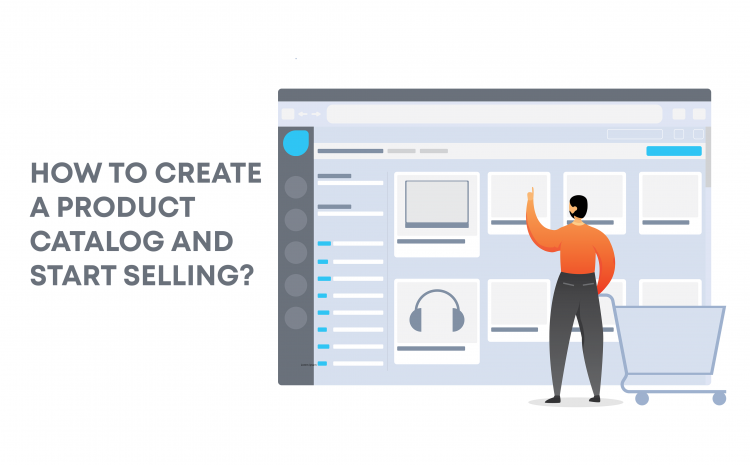Creating a product catalog and start selling
Creating an efficient product catalog depends mainly on its organization, content, and intuitiveness. How to build one? What does each of these three elements include? What are the possibilities for uploading the catalog in our different channels? How to start our sales? These are the questions we will answer in this article.
Essential stages in creating a product catalog
Organizing products into categories and groups is the first and most significant step in building a catalog. Think of sorting that is understandable to users. For example, if you sell fashion products, you can divide your products into the following categories and subcategories:
- Women, where the subcategories are Shirts, T-shirts, Tops, Dresses, Jeans, Pants, Jackets, Skirts, Underwear, etc.
- Men with subcategories – T-shirts, Jeans, Pants, Jackets, Shirts, Suits, Underwear, etc.
- Kids – Jeans and Trousers, T-shirts, Underwear, Overalls, Dresses, Skirts, Jackets, etc.
Depending on the number of products in the categories, you can combine them. For example, if you sell coats and jackets, and both sections have a relatively low number of items, combine the two categories into one.
Here we can also include intuitiveness. The categories and organization of the products in them have to be understandable for users. When they enter your site, to quickly find out where and what they can find. That will save them time searching, but it will also improve the user experience and reduce the number of users who leave the site without placing an order.
The content of the catalog is the preparation of product descriptions and images that you provide to your users for the products.
For example: In the fashion industry, in addition to the colors of clothes, price, and size, you can add information about what materials the product is made of, info about the elasticity, what is the style and design of the garment, what are the features – pockets, ties, stretchy, softness of fabric, belt, zipper, high/low waist, etc.
Consider adding tips on how to use the specific product. In our example with fashion products, you can give ideas on how to combine a particular model or advice on how to maintain it – washing, ironing, etc.
In combination with the provision of additional information, here we can refer to using a cross-selling strategy. Cross-selling is the process of selling another product (or several) to the main one, which the consumer views/buys.
For example, if you sell laptops, you can add “Related Products” to the laptop product pages, where you can place a backpack for the specific model, mouse, headphones, etc.
That is a good strategy for giving additional value to customers and increasing the average order value.
Product images are the other major part of preparing content for products. They should be of good quality and show the main advantages of the products.
Depending on the type of items, the optimal number of photos is between 2 and 5. Depending on the complexity of the product, the number of images may be higher.
Make sure the images are resized to the recommended from the platforms formats on which you will sell have.
Upload the catalog
Once you have divided your products into categories, prepared the images and descriptions for them, it’s time to upload your catalog to the sales channels. What are the possible ways?
- Manual publishing – copy and past the information at all sales channels. The disadvantage here is if you work with many products and sell them in many channels (own website, Amazon, Emag, Facebook Marketplace, etc.), you will waste a lot of time uploading them everywhere. Also, the possibility of making mistakes is very high – wrong product description, wrong price, etc.
Another disadvantage is when the price, description, or photo of the product change, you have to go to each platform again and make the changes manually. - Automatic publishing – automatic listing for the whole catalog on any platform, usually with software for managing product information. The advantages of using one are several – reducing manual errors, optimizing the time for uploading and updating product information, managing information from a single place, as well as the ability to create rules according to which to import the catalog in different platforms. In our article dedicated to product information management systems, you can get more information on this topic and all the advantages and why to use it.
Start selling
When retailers operating previously in marketing services, appropriate orders can occur in a matter of days, platforms like Amazon and Emag providing a broad base of consumers shopping from them.
However, when creating your online store, this is not the case.
Many new online retailers believe once they set up their online store, orders will start from day one. However, this is not realistic because if you are not a well-established business, it is very likely that consumers will not even assume that you exist at all. That is why it is good to promote your online store. Here come the aid – SEO and advertising in various channels.
Through SEO, you can achieve the ranking of your products in the first result pages of search engines. Through different campaign types on Facebook, Instagram, and Google, you can create good traffic to your site.



